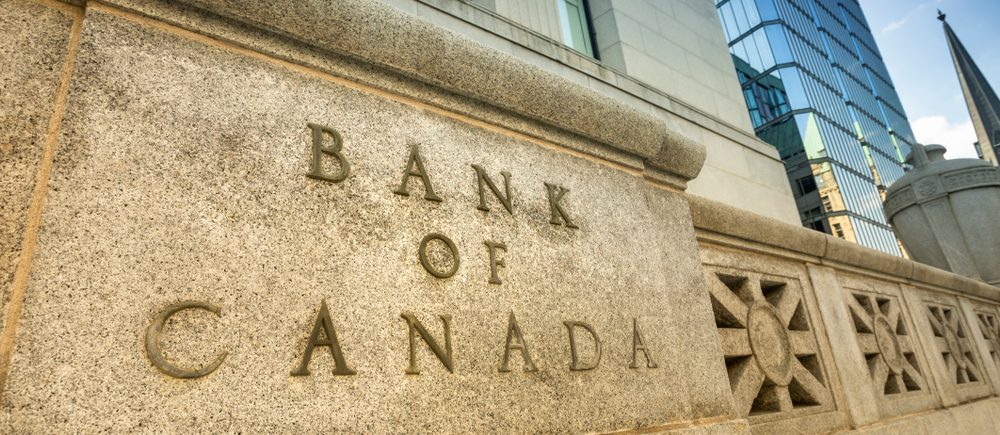Going into the last BoC meeting short-term interest rate markets were split between a 50 and 75 bps rate hike. In the end, the BoC hiked by only 50bps and flagged some concerns about slowing growth which weighed on the CAD in the immediate aftermath.
The Bank of Canada flagged areas sensitive to rising interest rates, like the housing sector. The BoC noted that housing activity had fallen sharply, and household spending was falling. Furthermore, in the released statement before the Q&A, BoC’s Macklem stated that the tightening phase will draw to a close, ‘but not there yet’.
He added that they expect growth to fall in the next few quarters. To balance this statement, the BoC still stated that policy interest rates would need to rise further to counter elevated inflation. The Council also repeated that the bank’s preferred measure of core inflation is not showing meaningful signs of price pressure easing.
So, this means the BoC is starting to start thinking about slowing the path of rates. This is a more dovish stance from the BoC and should allow the CAD to weaken somewhat over the medium term. After the rate statement, Governor Macklem said he expected a ‘significant slowing of the economy to occur’.
“At this week’s BoC meeting, our economists expect the Bank to deliver another 50bp hike, but under-delivery remains a risk on two fronts. First, it is possible that the BoC sees enough justification to hike by 25bps only, given the moderation in sequential underlying inflation. Second, we think that the BoC is likely to pause soon and the statement or press conference may already signal this next week.”
“CAD has had a solid performance this year on the BoC’s aggressive hiking cycle but has underperformed the rest of G10 recently. This is mostly related to lower oil prices, lower yields (and a weaker USD on crosses). However, CAD on crosses remains our preferred expression in an environment of USD strength, which we expect to persist over the next 3 to 6 months.” Economists at Goldman Sachs provide their expectations for this Wednesday’s Bank of Canada (BoC) interest rate hike.
“After a roller coaster few months, the Canadian labour market moved sideways in November. The 10.1K job gain was in line with consensus expectations, as gains in full-time jobs were almost fully offset by losses in part-time employment. Looking through the volatility inherent to this series, the Canadian labour market has largely stood still over the past 6 months, with average gains of just over 4K a month.”
“There were no big surprises in this report. Therefore, and given the low unemployment rate, composition of employment changes and strong and stable wage growth, we continue to expect the Bank of Canada to deliver another 50 bps hike next week, before pausing in 2023. There’s not a huge difference, however, between a one-off 50 basis point move and the most likely alternative, two 25 bps hikes in succession, in terms of what it would mean for the economy.” Analysts at CIBC point out that the report supports their view that the Bank of Canada will increase rates by 50 bps next week, before pausing in 2023.
 Noor Trends News, Technical Analysis, Educational Tools and Recommendations
Noor Trends News, Technical Analysis, Educational Tools and Recommendations





